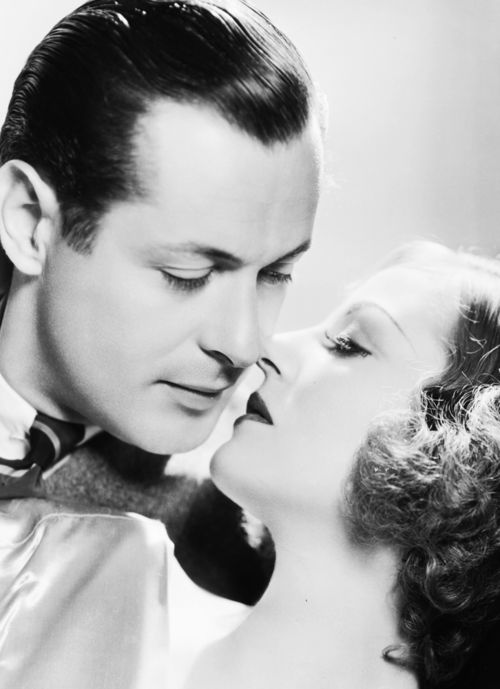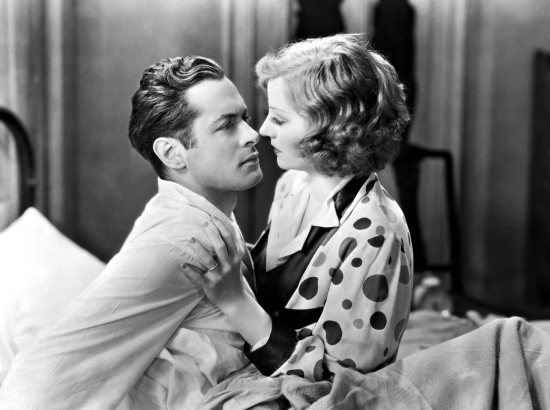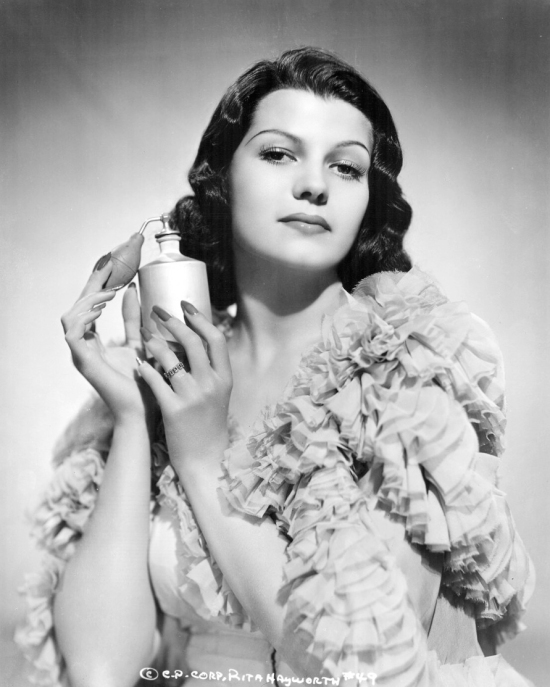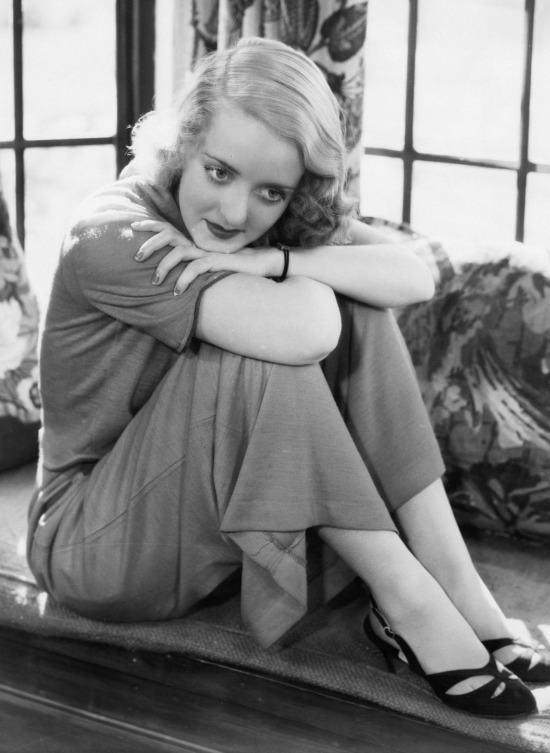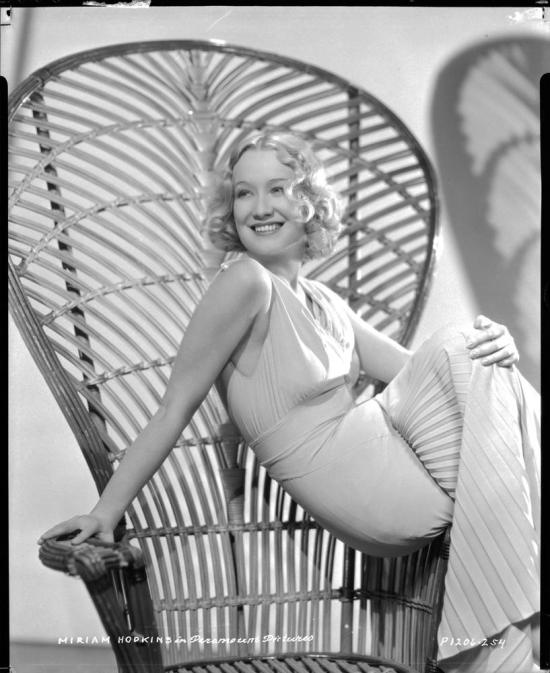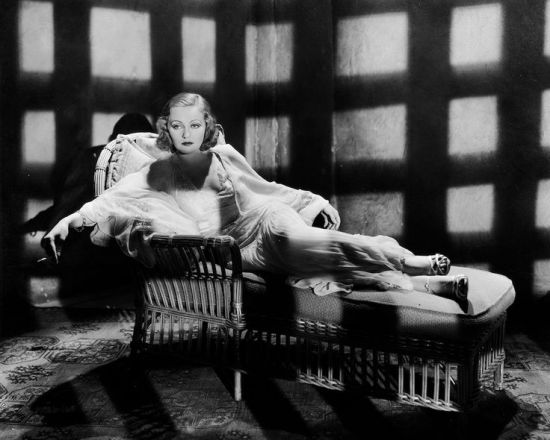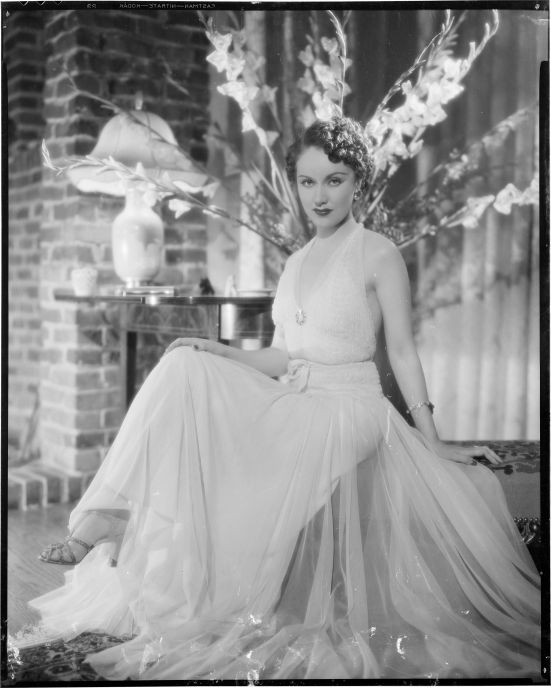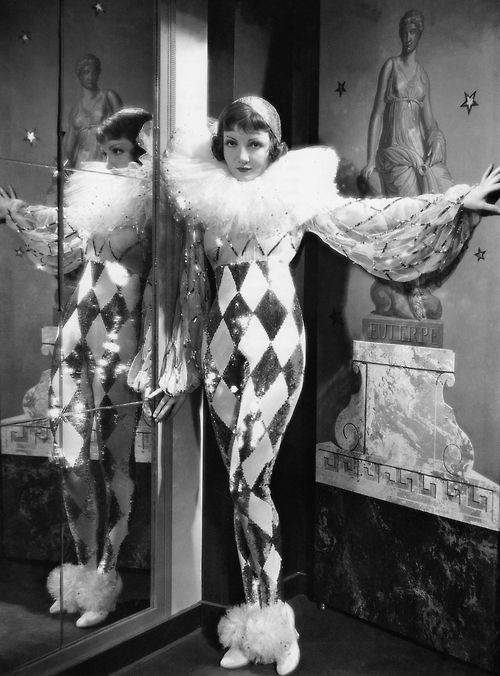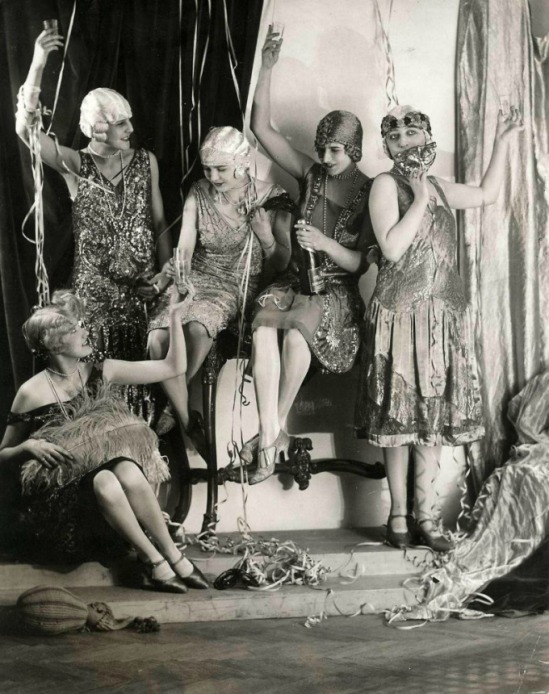Faithless is a 1932 American romantic drama film about a spoiled socialite who learns a sharp lesson when she loses all her money during the Great Depression.
The film stars Tallulah Bankhead and Robert Montgomery, and was based on Mildred Cram’s novel Tinfoil, which was the film’s working title.

Tallulah Bankhead in Faithless. Photo by Clarence Sinclair Bull, 1932 via
Tallulah Bankhead in Faithless. Photo by Clarence Sinclair Bull, 1932 via
Robert Montgomery & Tallulah Bankhead publicity still for Faithless, 1932 via
Robert Montgomery & Tallulah Bankhead in Faithless, 1932 via
Portrait of Tallulah Bankhead in Faithless, 1932 via


